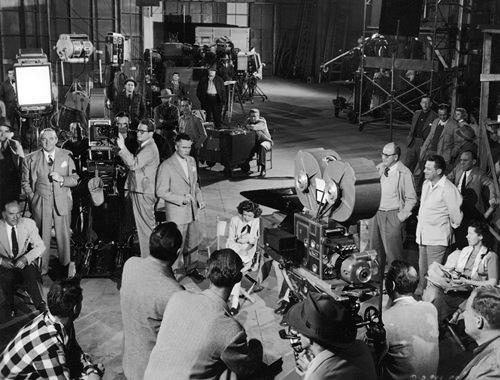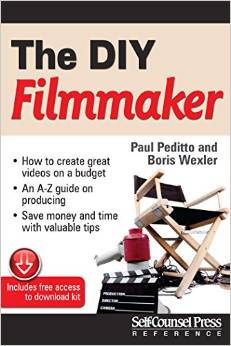
A month ago I posted about the latest L.A. protocols for returning to production.
Then came the sweeping COVID second wave(I’ve never understood the second wave part. Today’s #’s here in Chicago are 1,457 positives and 54 dead–that’s a clean bill of health?) Cali numbers are worse, forcing the Gov to close down again–beaches, bars, clubs. Movie theaters keep pushing Tenet back and Hollywood inches forward toward the goal of starting again.
Back to the Union protocols…
Titled “The Safe Way Forward”, this 37 page document is the product of months of collaboration between four different L.A. Unions (SAG-AFTRA, IATSE, DGA & TEAMSTERS), developed by the “Industry-Wide-Labor-Management Safety Committee Task Force”, with and under strict scientific guidelines from many folks with MD and PHD after their names –thus, definitely not a casual read!
But it’s the future, so we screenwriters need to pay heed.
Won’t do full bullet-points today on this 37-pager, but perhaps we can do a quick Cliff Notes version without putting you to sleep. Here goes:
THE ZONE SYSTEM
“The Zone System is the foundation of our safe set strategy. It is step one. All subsequent production decisions regarding safety should be engineered to fit its premise. It proposes this: Production will consist of three ZONES: A, B, and C. Consistency in the terminology in this area could be helpful and reassuring to cast and crew.”
“Zone A is any perimeter within which activity occurs without physical distancing or the use of PPE. In most cases, this will mean performers working on set with no protection alongside crew. Zone A is a bubble encasing closely vetted vulnerable people. It can be as small or as large as necessary, can function only for a few hours if need be, and can include controlled points of access between different Zone As. It can also exist within a Zone B (and often will, if your set is on a stage with production offices).”
“Zone B is everywhere the production has a footprint that is not Zone A. Use
of PPE and stringent physical distancing practices are observed and enforced within Zone B, with variations and modifications specific to both general filmmaking demands and specific production needs. This could be a production office, base camp, a vehicle, a control room/truck, basically any work space or place that a crew member may be performing work. Again, the goal is that people cleared to work in Zone A ONLY come into contact with people in Zone B who are rigorously practicing physical distancing. Think of it this way: from door to door, people working in Zone A travel along a cocooned path—sometimes involving multiple Zone As—laid out and controlled by people working in Zone B.“
“Zone C is the outside world: homes, hotels, wherever people employed in the production go when they’re not working.“
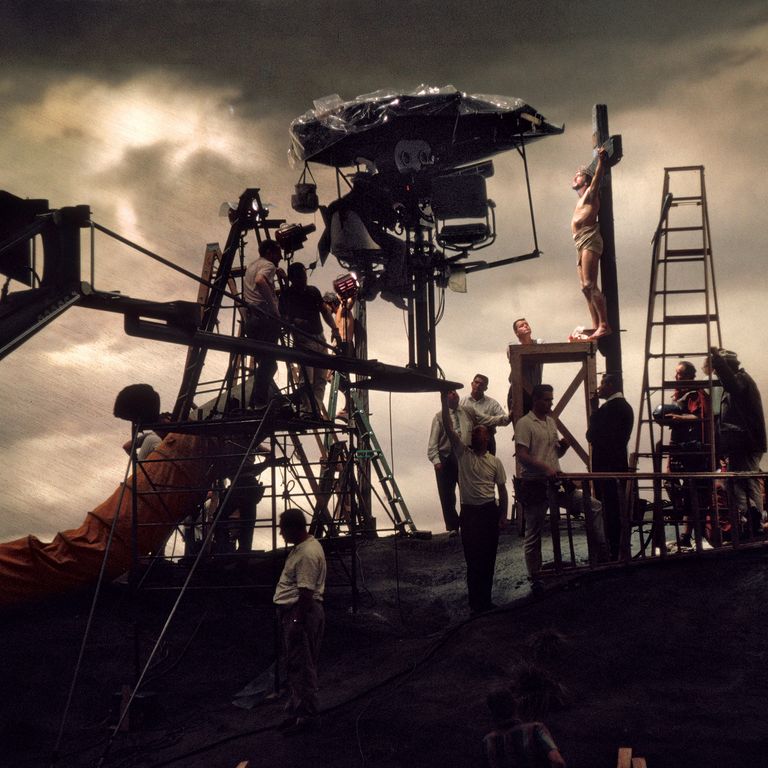
TESTING, TESTING, AND MORE TESTING
So, Russian nesting doll Zones, and for each a different level of testing required. Here are the key assumptions:
“KEY ASSUMPTIONS
The following assumptions, some of which we have discussed in the first section, form the foundation of our recommended approach:
- “There will be regular testing of the cast and all crew involved in the day’s work and over time it is expected that tests are being developed that will become less and less intrusive.
- Testing is not infallible. Thus, physical and social controls will be essential to ensuring a safe work environment.
- The Zone System will be in place, carefully guarding against contact between those in the main company and other untested individuals.
- There will be closed sets so that only those people required to be in proximity of the filming will be present.
- There will be a health safety team in a discrete unit to oversee the production process.
- Strict physical distancing guidelines and the use of appropriate PPE at all times will be in effect except where not possible due to on-camera performance or in circumstances where the individual’s job function does not allow for physical distancing, in which case appropriate PPE will be worn at all times.
- There will be reduced shooting hours, preferably a 10-hour shooting day, to allow time for monitoring, cleaning and protocols that reduce transmission risk, and to keep the cast and crew well rested.”
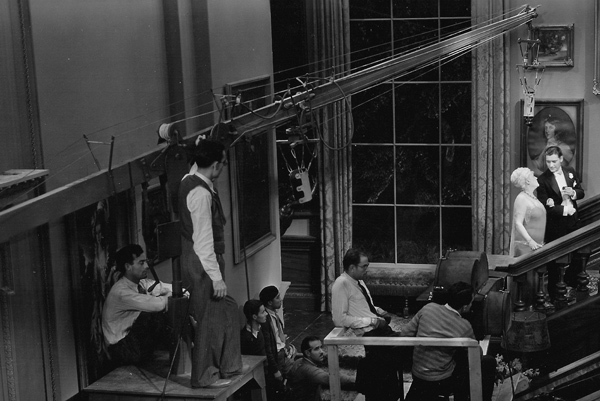
IN ACTUAL PRODUCTION…
How the heck will this work in practical terms on set? Glad you asked!
This is a CLOSED SET. Absolutely NO VISITORS. All crew must adhere to the
Zone System. Limits will apply to producers, writers, studio or network executives and location contacts. Important parties should participate virtually.
- Union representatives exercising their rights to visit work spaces will be subject to the safety guidelines applicable to the Zone they will be visiting.
- Virtual Viewing/Remote Monitors. As we limit the number of people on the set, the electronic transmission of sound and images must be carefully managed to protect the creative process on the set and at the same time avoid cumbersome procedural delays. The DGA has guidelines which have been negotiated and are part of the Basic
Agreement (most recently revised in its 2020 agreement), and we also suggest some preferred practices for use during these extraordinary times. On feature films and long form television programs (90) minutes or longer, video assist (including any transmission from the set) may not be used without the director’s permission. If the director elects to use video assist, he or she shall determine the number and the placement of the monitors to be used.
In episodic television, no images or sounds may be transmitted from the stage or control booth without first informing the director. In addition, the continuous, unrestricted electronic transmission of images and/or sounds throughout the workday (e.g., a fixed ‘open mike’) from the set, stage or control booth to a location outside the
production area is prohibited. This includes the unauthorized use of iPhones or other recording devices on the set unless such recordings or transmissions are approved and made for publicity or marketing purposes. For intimate scenes, special care should be given to limiting the number and placement of monitors to ensure that only those individuals who would be authorized to be present during the recording of the scene have access to any monitors. The
expansion of use of remote monitoring for COVID-19 prevention must not result in an expansion of the number of people with access to monitors during intimate scenes. - Testing prior to Day 1 or after a weekend/break. This could be the production office, but it is highly recommended that a dedicated room off the stage, a trailer at base camp, or, if numerous cast and crew are sharing a hotel, the mobile unit be utilized.
- Shooting hours. We recommend a 10-hour shoot day from crew call to
camera wrap. Limited crew pre-calls and early makeup calls are allowed. Wrap and testing may go beyond those hours. Consider having a rigging crew load in equipment ahead of time. This is all about the effort to maintain good health and strong immune systems. To avoid unnecessary crowding, meals will be staggered or taken
during work hours. - Protect performers. Since performers will not be wearing PPE while performing—unless scripted, of course—it’s essential to reduce clusters of crew around them when they are unprotected.
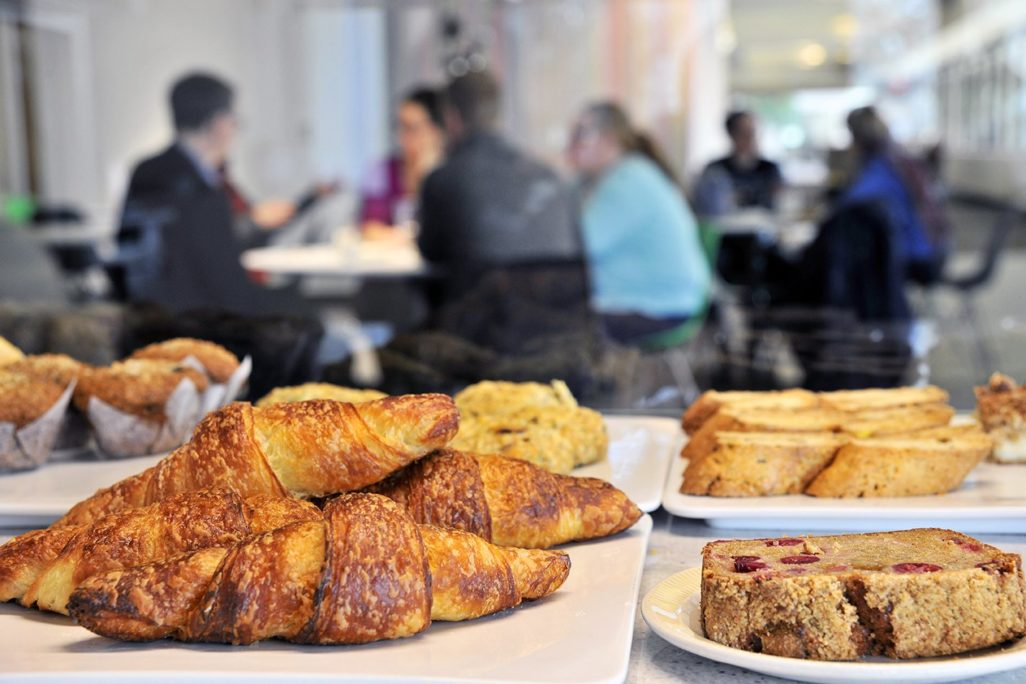
WOW, WHAT ABOUT FOOD? HOW DO YOU FEED PEOPLE?
Of course your humble narrator would put this at the top of his to-know list. What does Craft Services look like in the Brave New World?
“Craft Service cannot be on the street in an urban area and instead should off-load from their truck and load interior. In a controlled studio lot, location or parking lot, they can remain in their truck. Food and snacks are always wrapped, and the area must be monitored by the craft service department and the Security Unit.
- Catered Meals and Craft Service are touchless. Meals are boxed and/
or wrapped. There should be a place close to set where crew members can eat and maintain PD. There must be a system for those people with allergies and food restrictions to receive their own boxed lunch. Whenever possible, stagger lunch times to reduce crowding.
a. Cast members will be given a chance to eat the catered meal with
appropriate physical distancing. Food options from outside Zones A and B cannot be provided, but they should feel free to bring their own food. Actors and staff who are at the Cast Base Camp will have lunch brought to them in a place where they can eat and maintain PD.
b. Background performers will also be provided the catered meal and a place to eat and maintain PD.”
IN CONCLUSION
“In closing, we understand what a sea change this will be for production. But while films and television shows are important, they do not trump the importance of getting the people who make them safely home to their families or loved ones. As you can see from this document, we are willing to go to great lengths to ensure a safer environment for all of us.
We hope you are as well.
Stay safe. Keep the faith.”
